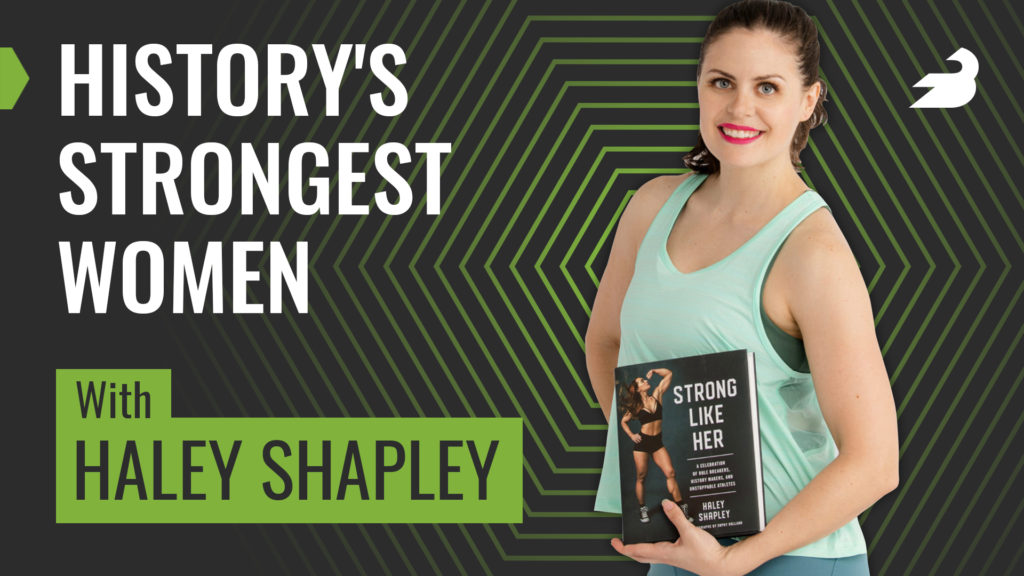Today we’re talking to writer and journalist Haley Shapley, the author of Strong Like Her. Published earlier in 2020, Strong Like Her is an examination and celebration of women’s athleticism and strength throughout history. Haley is passionate about strength and fitness, and her own athletic journey served as an inspiration to write about history’s strongest women, something that’s been all too frequently glossed over or ignored for hundreds — and really thousands — of years.
We discuss the fascinating history behind women’s strengths sports from ancient times through to today, along with how women are continuing to push boundaries and change what is seen as societally mainstream when it comes to physical culture.
On this episode of The BarBend Podcast, host David Thomas Tao talks to Haley Shapley about:
- The idea behind Strong Like Her (2:25)
- How Haley’s own athletic background — including CrossFit and bodybuilding — influenced her interest in women’s strength history (5:00)
- Some of history’s most influential women strength athletes (8:40)
- More recent memory in the evolution of strength sports, including bodybuilding in the 1980s (14:35)
- The trailblazers Haley admires (22:10)
- CrossFit’s impact on women in competitive strength sports (24:00)
Relevant links and further reading:
